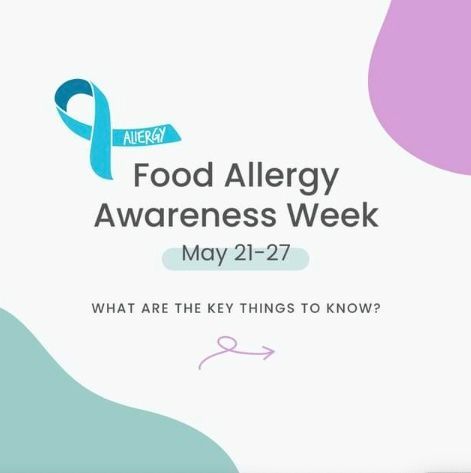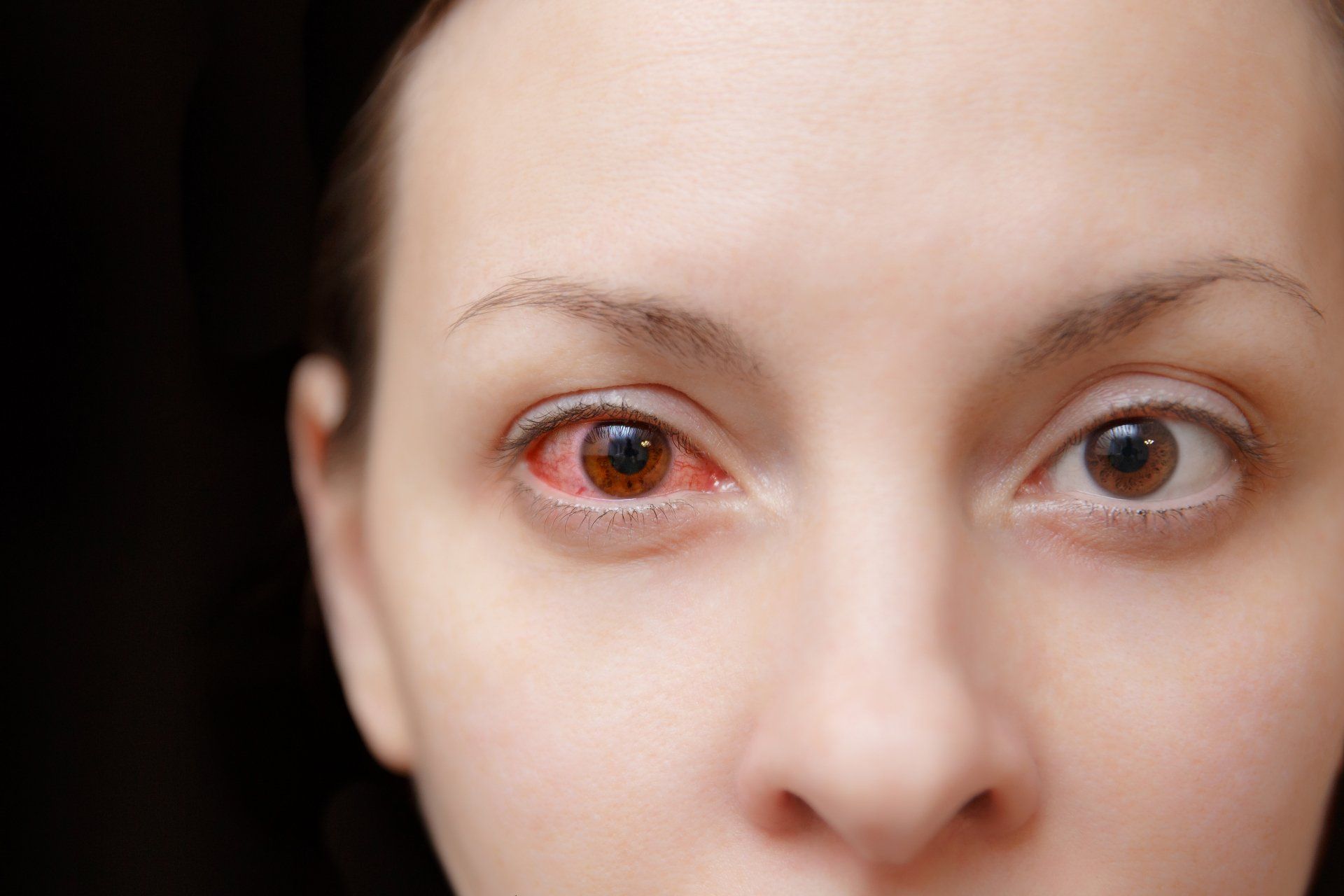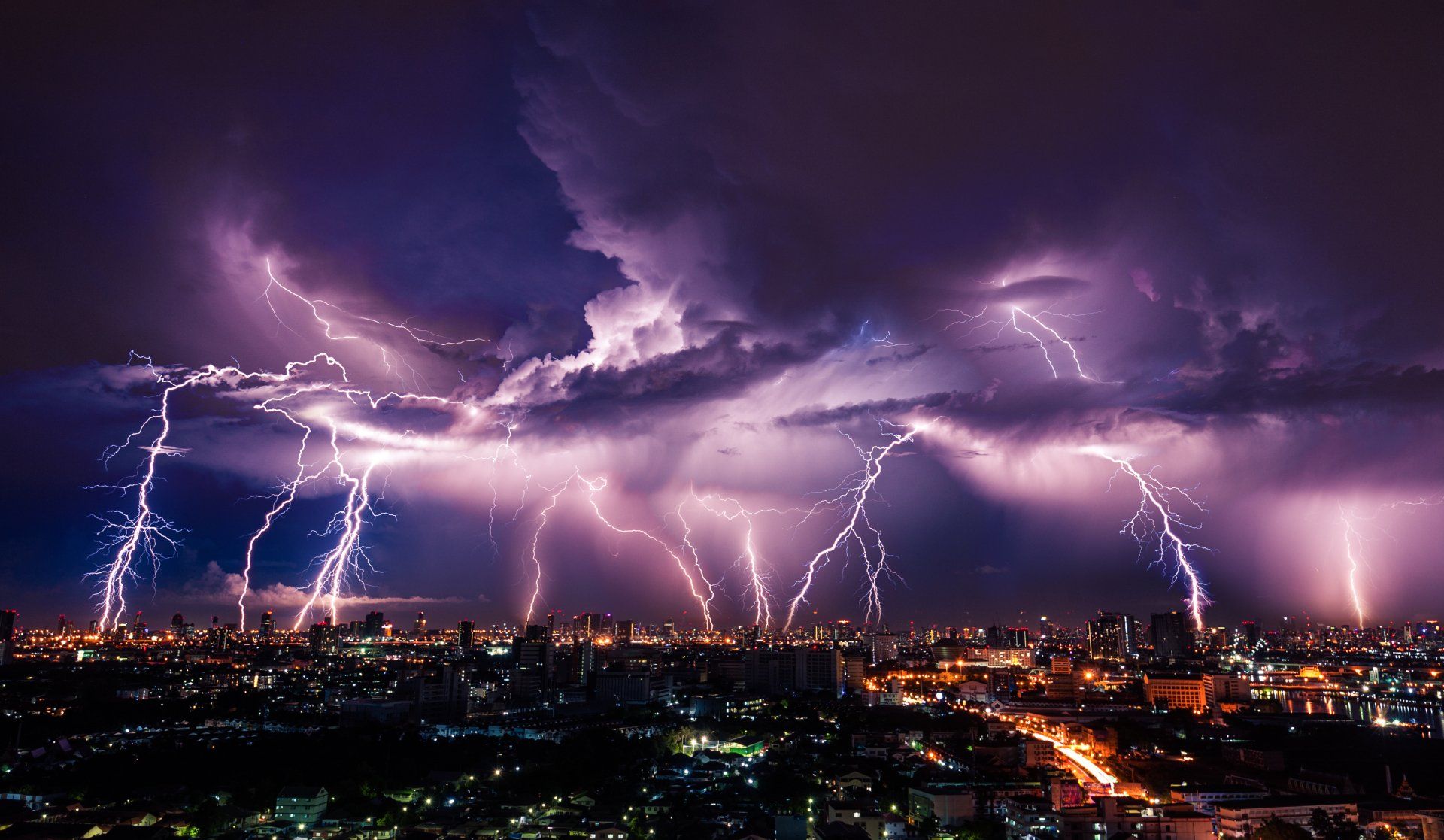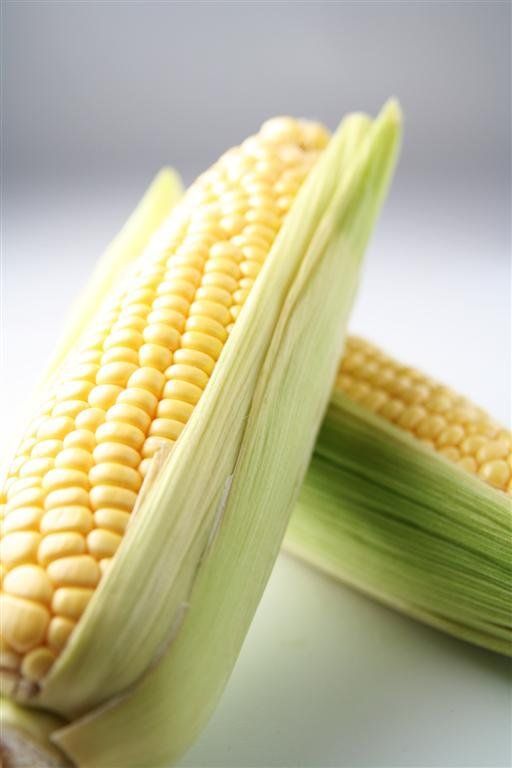Pollen Allergy - Hay Fever Allergy Gold Coast|Hay Fever Allergy Brisbane|Hay Fever Sunshine Coast
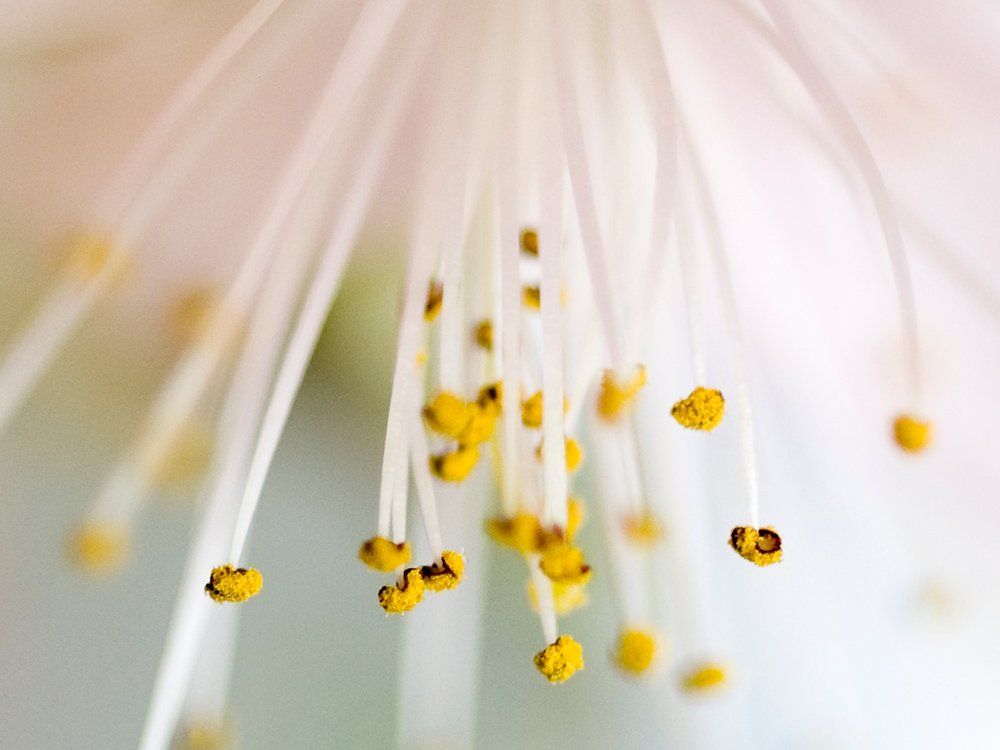
What is pollen?
Pollen is a very fine powder that is produced and released by plants (trees, weeds, flowers, grasses) to fertilize other plants of the same species. Pollen is typically dispersed in the wind, but can also be transported from plant to plant by birds and insects.
What is a pollen allergy?
Pollen consists of tiny particles which, when inhaled, can trigger symptoms of allergic rhinitis (hay fever) and exacerbate asthma in susceptible individuals. Common symptoms of allergic rhinitis and asthma include:
- Sneezing
– Increased mucous production (i.e. a runny nose)
– Nasal itchiness – Post-nasal drip
– Itchy, red, watery eyes
– Nasal congestion (i.e. blocked nose)
– Coughing – Wheezing
– Chest tightness
– Shortness of breath
Pollen is one of the most common triggers of seasonal allergies. A seasonal allergy is where individuals only experience allergic symptoms for the period or season, the pollen to which they are allergic, is in the air. Wind-borne pollen from trees, grasses and weeds, tend to be more highly allergenic and the cause of most allergy problems. However, not all pollen allergies are the same, nor are they restricted to only cause allergic symptoms during spring.
There are countless different types of pollen, and the timing and duration of pollen seasons differ depending on the plant varieties involved. In Australia grasses tend to pollinate during spring and summer, trees in late winter and early spring, and weeds from August through to May. Thus, depending on the pollen allergen or allergens involved, the severity of pollen allergies can vary considerably from one individual to another.
At Allergy First we can help you diagnose which pollen you may be allergic to.

